I wrote a series of articles on many of the things that goes into airbrushing some time ago. This page is an index of those articles and will be updated as I write more.
These guides are intended to give you a comprehensive understanding of how everything that goes into airbrushing works – from the airbrush itself to compressors and tanks, as well as various paints and thinners. I’m going to look at sourcing supplies, features to look for, setting up and maintaining your tools as well as some examples of using the airbrush and exercises to practice with it.
Airbrushing is easy to learn, hard to master. I'm hardly a master, but I've learned enough to get you on the track to adding another skill to your arsenal. The primary use for an airbrush is to apply soft layers of paint with smoothly blended edges. They're also useful for priming and varnishing. Because of the spray, they can be very difficult to use to paint detail.
- Airbrushing Overview
- Why use an airbrush? What's the big deal? What's involved in using them?
- This is just a generic overview, for details read the other articles below.
Airbrushing
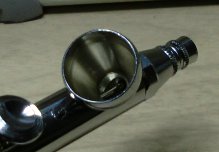 |
- Tips on buying an airbrush.
- What features you should look for.
- A list of some accessories that would be useful to buy with your airbrush.
|
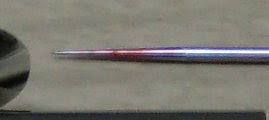 |
- How to clean your airbrush without damaging the parts.
- Lubricating the needle.
|
 |
- Learn to and become comfortable with taking apart your airbrush.
- Also the best way to clean it.
|
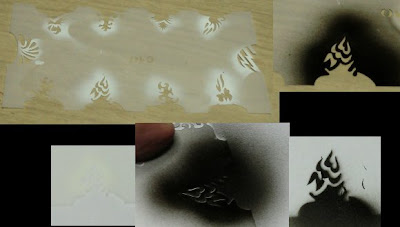 |
- Masking areas to protect them against stenciling.
- Using stencils to airbrush patterns on to surfaces.
|
 |
- Looking at masking as used on Thagrosh, working around multiple objects, allowing overspray and holding objects as portable masks.
|
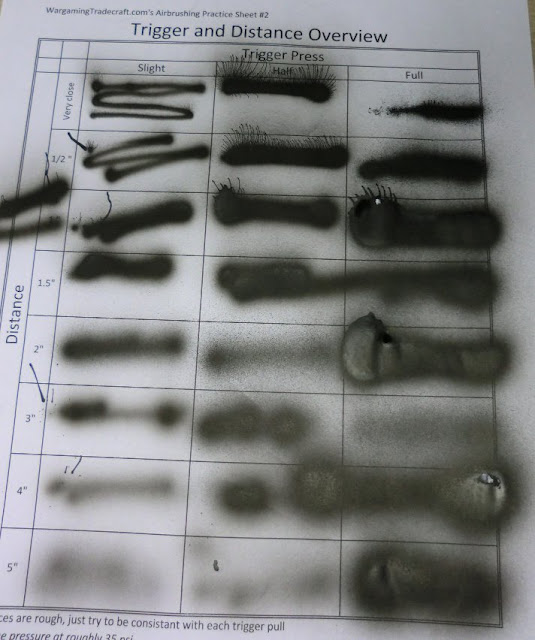 |
- Different types of paper and paint / ink for practicing with.
- A brief look at tinting by layering paints.
- A number of exercises and downloadable sheets for practicing.
|
Compressors
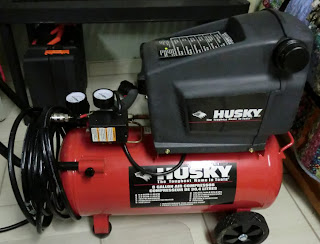 |
- Types of air sources
- Tips for buying them.
- Some notes on their noise.
- Features to look at.
|
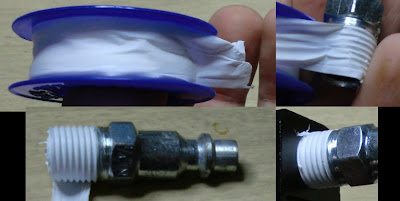 |
- I walk through assembling my air compressor as an example of what you might go through for yours.
|
 |
- Filling the tank.
- Adjusting output pressure.
- Emptying the tank when you're done.
|
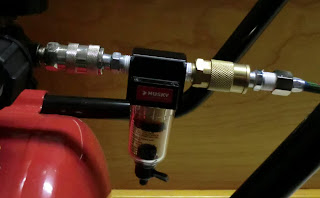 |
- Looking at things you'd connect to hoses between the air compressor and your air brush.
- Water / Dust trap to keep the air clean, quick release valves, splitters, valves, gauges and regulators.
|
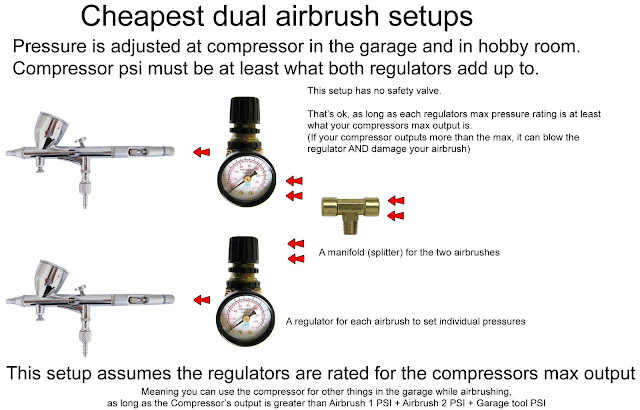 |
- Keep your compressor in the garage to keep the noise outside.
- Split the line so two people can air brush at the same time.
- Multiple examples of where to put manifolds, valves, gauges and regulators for each situation.
|
Paints and Thinners
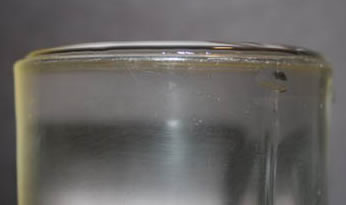 |
- Discussing some differences between normal and airbrush paint.
- How the thickness of the paint and surface tension affects things.
- Finding that "sweet spot".
|
 |
- Differences between thinning paint with Water, Alcohol, Fluid Retarders, Mediums, Name Brands and Windex.
- Making your own Thinner.
|
Supplies
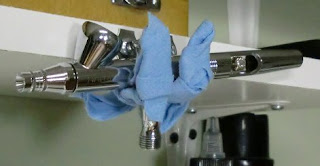 |
- Building a do-it-yourself holder for your airbrush.
|
|
- Building a do-it-yourself station to clean out your airbrush.
|


























